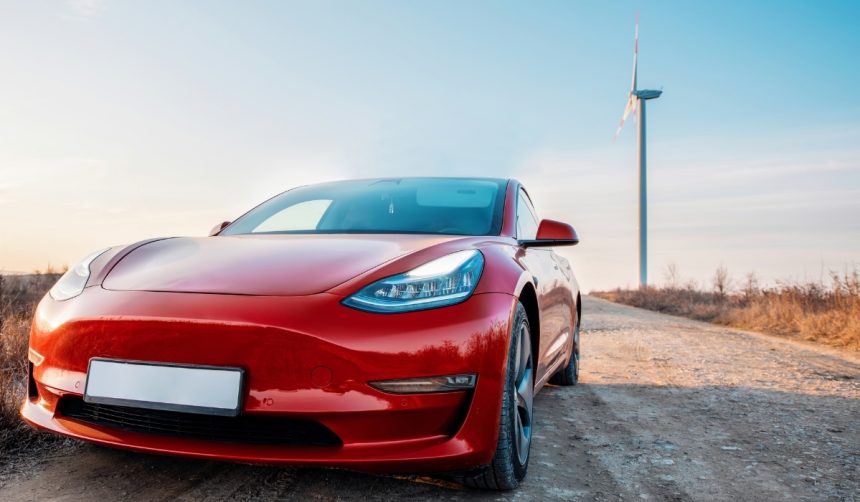Tesla has regained its momentum in the Chinese electric vehicle market after a recent period of declining sales. The introduction of the Model Y L contributed significantly to renewed interest, as the new large SUV configuration appeared to attract a broader segment of consumers. September’s performance marks a notable shift, reflecting consumer responsiveness to product updates and underlining the pivotal role of the Shanghai Gigafactory in shaping Tesla’s presence both domestically and abroad.
Reports about Tesla’s activity in the Chinese market over recent years often cited steady sales, periodic production pauses, or localized competition as factors influencing results. Earlier in 2024, analysts pointed to stiffer competition from domestic brands and a slowdown in Tesla’s output due to model upgrades. However, industry expectations had predicted a potential recovery later in the year as new models rolled out. September’s data confirms that revised product offerings, such as the six-seat Model Y L, can affect wholesale numbers and market positioning mid-year, adjusting prior forecasts based on model release cycles and manufacturing updates.
What Boosted Tesla’s September Sales Surge?
Tesla’s wholesale numbers in China rose to 90,812 units in September, representing a 2.82% increase compared to the same period one year prior. The newly launched Model Y L played a substantial role after deliveries began in early September, allowing Tesla to access the six-seat SUV market, an area previously untapped by the company. The Model Y L’s introduction was timed with consumer demand for larger and more versatile vehicles. According to Tesla,
“Expanding our Model Y lineup reflects our commitment to addressing diverse customer needs in China.”
How Did Gigafactory Shanghai Influence Production Volume?
Gigafactory Shanghai continues to be central to Tesla’s manufacturing strategy for both the local and regional markets. The plant produces the Model 3 and both configurations of the Model Y, supporting domestic sales and exports across Asia-Pacific. September’s figures marked a 9.16% rise over August, effectively halting the decline observed in the previous two months.
“Shanghai remains the backbone of our operational and logistical capabilities in Asia,”
Tesla stated, highlighting the plant’s strategic importance.
What Do the Quarterly Trends Suggest for Tesla China?
While September’s numbers suggest a rebound, Tesla China’s cumulative wholesale sales for January through September reached 606,364 vehicles—a 10.27% decrease compared to the same stretch last year. This overall drop mainly resulted from the earlier phase-out of the previous Model Y, which impacted output as manufacturing lines adapted. Third-quarter delivery figures indicated improvement from the previous quarter, supporting the company’s short-term recovery as Model Y L deliveries accelerate into the final quarter of the year.
Looking at Tesla’s recent trajectory, the brand’s ability to respond with refreshed products aligns with changing consumer preferences in the crowded Chinese EV landscape. Product updates such as the Model Y L demonstrate how automakers can recover sales momentum by listening to market demands for variety and capacity, especially as competition intensifies from local brands. For readers interested in how automakers maintain relevance amid changing technology and customer priorities, it is instructive to track not only headline figures, but also how flexibility in manufacturing and new product launches may open up new opportunities or help overcome short-term setbacks. The experience of Tesla in China underscores how data-driven decision-making and timely innovation remain crucial to navigating the region’s competitive electric vehicle sector.
- Model Y L’s launch led Tesla China’s sales increase in September.
- Gigafactory Shanghai continues as Tesla’s main production hub in Asia.
- Quarterly sales dipped year-on-year but rebounded from earlier months.










